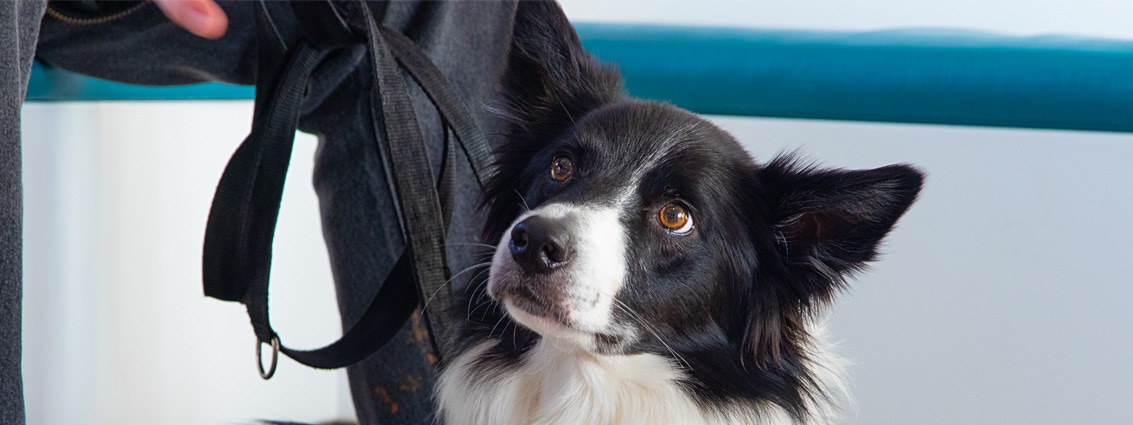Airway disease can be a serious and life–threatening problem in pets, causing difficulties with breathing.
Certain breeds are predisposed; namely the brachycephalic breeds (which literally means ‘short-headed’).
These problems arise due to the conformation, or physical make-up, of these breeds, which have:
- A shorter muzzle and nose.
- Narrowed nostrils.
- A flattened and underdeveloped throat.
- Narrowed airway.
In addition, despite the skull and jawbones being dramatically shorter in these breeds, the soft tissue in the area is not. This leads to excesses of soft tissue which, due to the reduced space, has to be squeezed in, resulting in:
- A long and thick, soft palate.
- Extra tissue in their nasal cavity.
- Excessive soft tissue at the back of their throat.
These anatomical abnormalities can all cause obstructions to their upper airways and make breathing difficult. Collectively, these problems are referred to as brachycephalic obstructive airway syndrome (BOAS).
What secondary problems can they have?
Over time, the extra effort required to get air into their lungs can also trigger secondary changes to their larynx (this sits at the opening to the windpipe). This is made of cartilage and is usually rigid.
However, in those affected by BOAS, it becomes weakened and floppy, making it difficult for the larynx to open up fully when more air is needed, for example, during exercise. Furthermore, some structures within the larynx can pop out into the airway which obstructs the passage of air more.
The same process can happen to the tonsils which normally sit within the walls of the throat. Over time, these can also be ‘sucked’ out and block air flow.
Due to the changes in pressures within the throat and chest, many of the affected dogs also suffer from gastrointestinal disease. This is due to the acidic fluid within the stomach being allowed to escape into the food pipe (oesophagus) and cause reflux and gastritis.
What breeds are classed as brachycephalic?
- Pug
- English Bulldog
- French Bulldog
- Pekinese
- Persian cats
- Shih Tzu
- Boston Terrier
How can BOAS affect your pet?
Signs that your pet may be affected by airway obstruction include:
- Collapsing episodes – triggered by overexertion, overheating or just over-excitement.
- Excessive panting and marked snoring.
- Gagging and retching and vomiting.
- Exercise intolerance – even light exercise such as a gentle walk can be difficult.
- Bluish colouring to their gums and tongue – due to lack of oxygen in severe cases.
Consequently, BOAS can have a negative impact on both your pet’s quality of life and wellbeing and worse, it can be life–threatening!
How can we help?
Our surgical consultants at the Park Vet Group’s own referral hospital offer a selection of surgical procedures to help alleviate BOAS, including:
- Widening of the nostrils (nares)*
- Tonsil removal (tonsillectomy)*
- Shortening of the soft palate (soft palate resection)*
- Removal of tissue from the larynx*
*Your pet may require some or all of these procedures, depending on the severity of their condition – our consultant surgeons will discuss what’s most appropriate for your pet.
Imaging (endoscopy, radiography (x-rays), MRI or CT) before surgery is also strongly encouraged to ascertain if there are other hidden problems.
This condition tends to worsen over time, due to the development of secondary problems. Therefore, it is better to seek advice sooner rather than later when appropriate.
Please do note, because we cannot correct all of the abnormalities associated with BOAS, your pet may still have some symptoms of airway obstruction even after surgery.
If you are concerned that your pet is suffering with BOAS, contact us for an appointment. If you are a client of a practice other than the Park Vet Group, then referral should be arranged through your vet. For more information, see Referral information for pet owners. Our consultants will do a thorough assessment of your pet and discuss the best plan of action to take.

